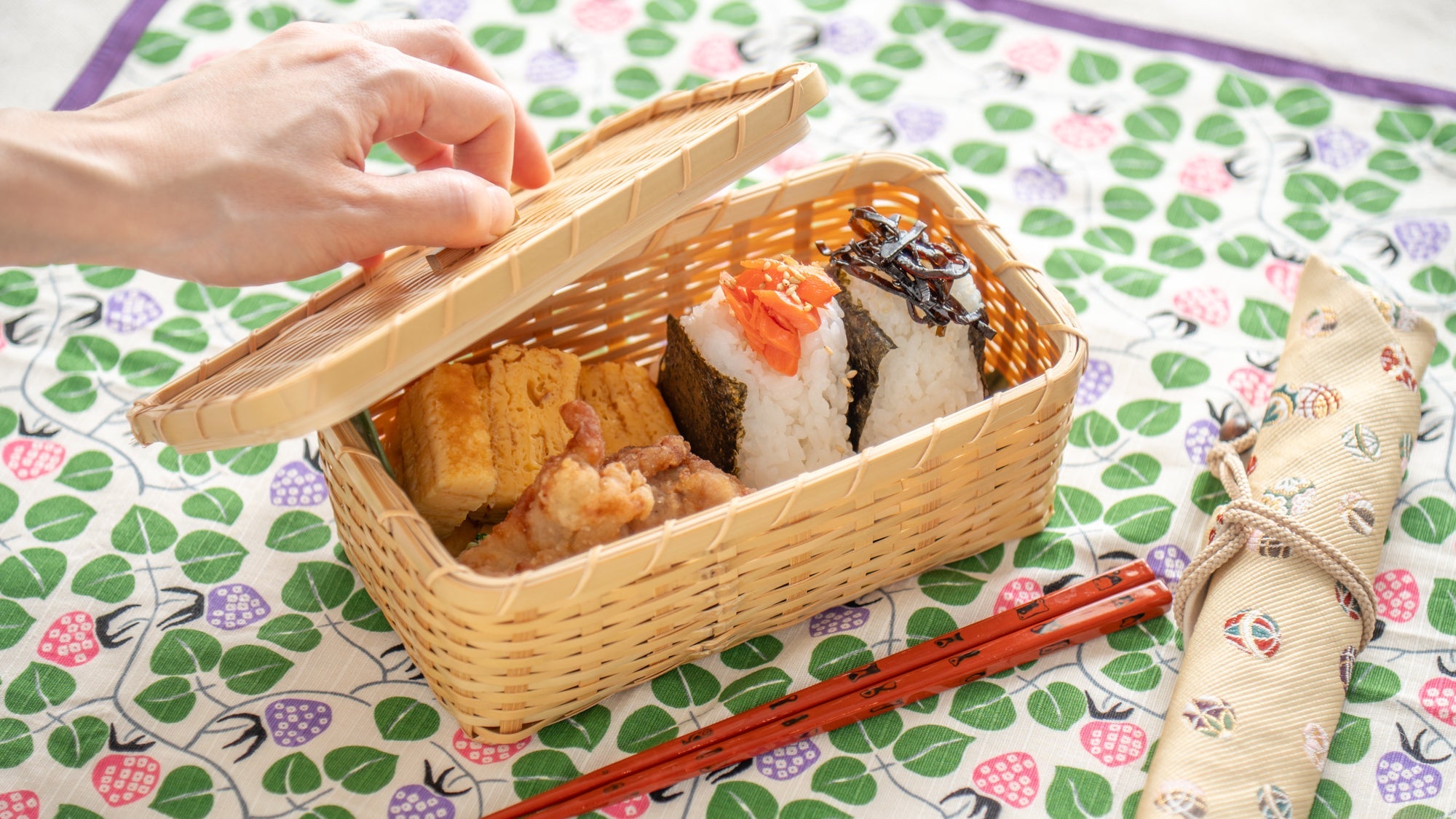
Guide to Bento Boxes
Written by Team MUSUBI
Japanese bento is a culinary tradition that values the blessings of each season, with careful attention to color, nutritional balance, and harmony of textures. This culture of bento has now gained popularity overseas as well, admired as a beautiful and healthy approach to everyday meals.
In this article, we explore the enduring appeal of bento and the aesthetics behind how it’s prepared and packed.
Table of contents
What Makes Bento Special
A Rich Variety of Flavors and Styles
Bento offers an incredible diversity in shapes, ingredients, and flavors, allowing people to enjoy something new every day. Each region of Japan has its own unique style of bento, making it a delight to discover local specialties while traveling.
Healthy and Nutritionally Balanced
Bento meals typically include a mix of vegetables with protein-rich foods like fish, meat, and eggs, offering well-balanced nutrition.
Generally, bento dishes were seasoned strongly to preserve them, but in recent years, lighter seasoning has become more common. There are now many health-conscious bento options with reduced salt and oil, making them suitable for those seeking a gentler, more nutritious meal.
Visually Pleasing and Enjoyable to Eat
Bento is as much about visual beauty as it is about taste. Carefully arranged ingredients and vibrant colors bring instant delight when the lid is lifted, turning a simple meal into a richer, more joyful experience.
Portable and Convenient

Lightweight and portable, a bento is ideal for enjoying a meal wherever you go. Whether it's a beautifully packed lunch or a simple onigiri, a bento fits seamlessly into a busy modern lifestyle.
A Reflection of Japanese Culture and Tradition
Bento carries deep cultural meaning and historical background. It reflects regional identity and offers a glimpse into Japanese traditions and everyday life through its diverse food culture.
The History of Bento Culture
The origins of bento can be traced back to the Nara (710–794 CE) and Heian (794–1185 CE) periods, when people carried dried rice called hoshii—a practical preserved food that could be rehydrated with water when needed.
By the 15th and 16th centuries, during the Sengoku period (1467–1590 CE), bento had become an essential part of military life. Soldiers packed rice and side dishes into bamboo leaves or wooden containers as hyoro, portable rations for battle.
In the Edo period (1603–1868 CE), bento culture flourished among the general public. People brought the classic makunouchi bento to Kabuki theaters to eat between acts and enjoyed koraku bento (picnic bento) during outings to scenic spots.
With the modernization of Japan during the Meiji period (1868–1912 CE), ekiben (station bento) appeared as a popular way to enjoy regional specialties while traveling by train. In the following decades, bento expanded into school lunches and factory meals, supporting the lives of students and workers.
Today, bento has evolved into various forms: from lovingly prepared homemade lunches to cute and artistic kyaraben (character bento), and from convenient store-bought options to delivery-style meals. Bento remains an essential part of Japanese daily life, blending tradition with creativity.

Types of Bento Boxes
Bento boxes come in a variety of styles, each with its own materials, structure, and charm. Here are some of the most well-known types, from time-honored woodcraft to festive lacquerware.
Magewappa Bento Box
Made from natural woods such as cedar or cypress, magewappa is a traditional bento box known for its curved wood-grains. Light and easy to carry, it subtly releases the calming aroma of wood. Its excellent moisture-absorbing properties help maintain the delicious texture of rice even after several hours, making it both practical and beautiful.
Bamboo Bento Box
The bamboo bento box has a light, natural feel unique to its material. Its breathability helps keep food from becoming damp, even after some time. Just packing a few sandwiches or onigiri is enough to enjoy a Japanese-style lunch. And even without elaborate preparation, filling it with colorful side dishes and rice staples like onigiri or packed rice results in a meal that feels bright and refined.
Lacquerware Jubako Bento Box
Known for its glossy finish, the lacquerware jubako bento box adds a festive flair to any occasion. While often associated with osechi ryori (traditional New Year’s dishes), it is also perfect for daily lunches or picnics, adding a touch of celebration and elegance to ordinary moments.
Shokado Bento Box
The shokado bento boxis a square container divided into four compartments by a cross-shaped divider. This layout beautifully separates different dishes, often likened to a “miniature kaiseki meal.” Each compartment keeps flavors and aromas distinct while maintaining visual harmony. Small plates can be placed inside for efficient prep. The lid helps protect the food and ensures stability during transport.
The Beauty of a Bento Arrangement
In Japan, bento is valued not only for its taste but also for how beautifully it’s presented. The art of arranging food in a bento box reflects a uniquely Japanese sensitivity to detail, balancing color, height, and placement with great care.
The traditional color palette includes five hues: red, yellow, green, white, and black. To create a sense of dimension, larger side dishes are placed first, followed by smaller items to fill in gaps. Rice is often served at an angle, with small foods tucked around it to add both stability and beauty.
Two-tiered bento boxes typically have rice in the lower tier and side dishes in the upper tier. Dividers or small containers help keep different flavors and textures separate.
If you're searching for bento box ideas, start by combining colorful vegetables, proteins, and rice in balanced proportions—and don’t be afraid to play with height and contrast.
This careful attention to bento presentation expresses the Japanese spirit of living mindfully and appreciating beauty in everyday routines.
A Life with Bento Boxes
A bento box is more than just a container for food—it enriches not only the moment you eat, but also the time spent preparing it. Packed with care, using all five senses and an awareness of the seasons, each box reflects the heart of Japanese living and its refined sense of beauty.
These humble boxes turn ordinary routines into something more thoughtful and graceful. Why not begin a lifestyle with a bento box and savor the small joys it brings?










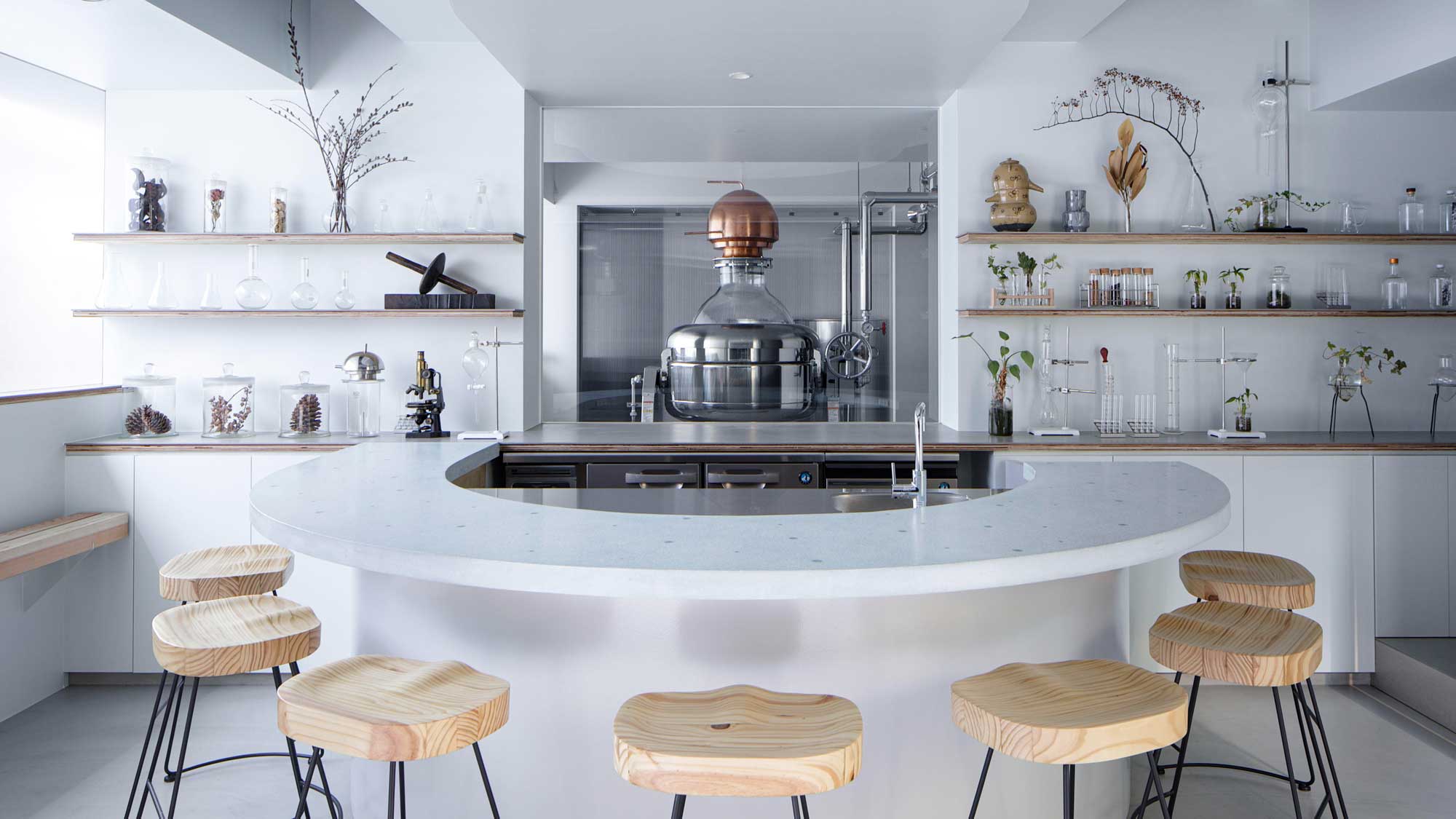
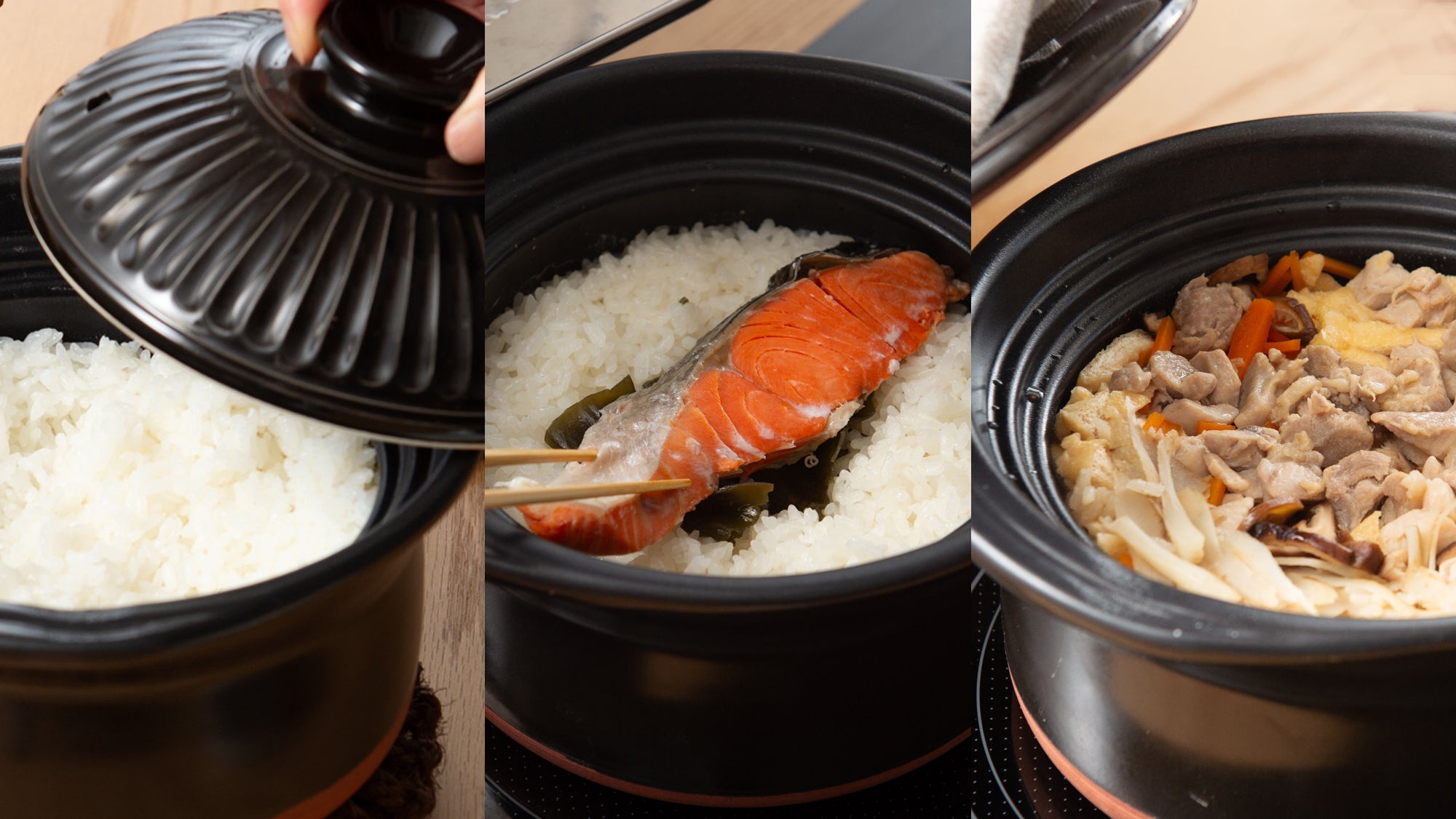
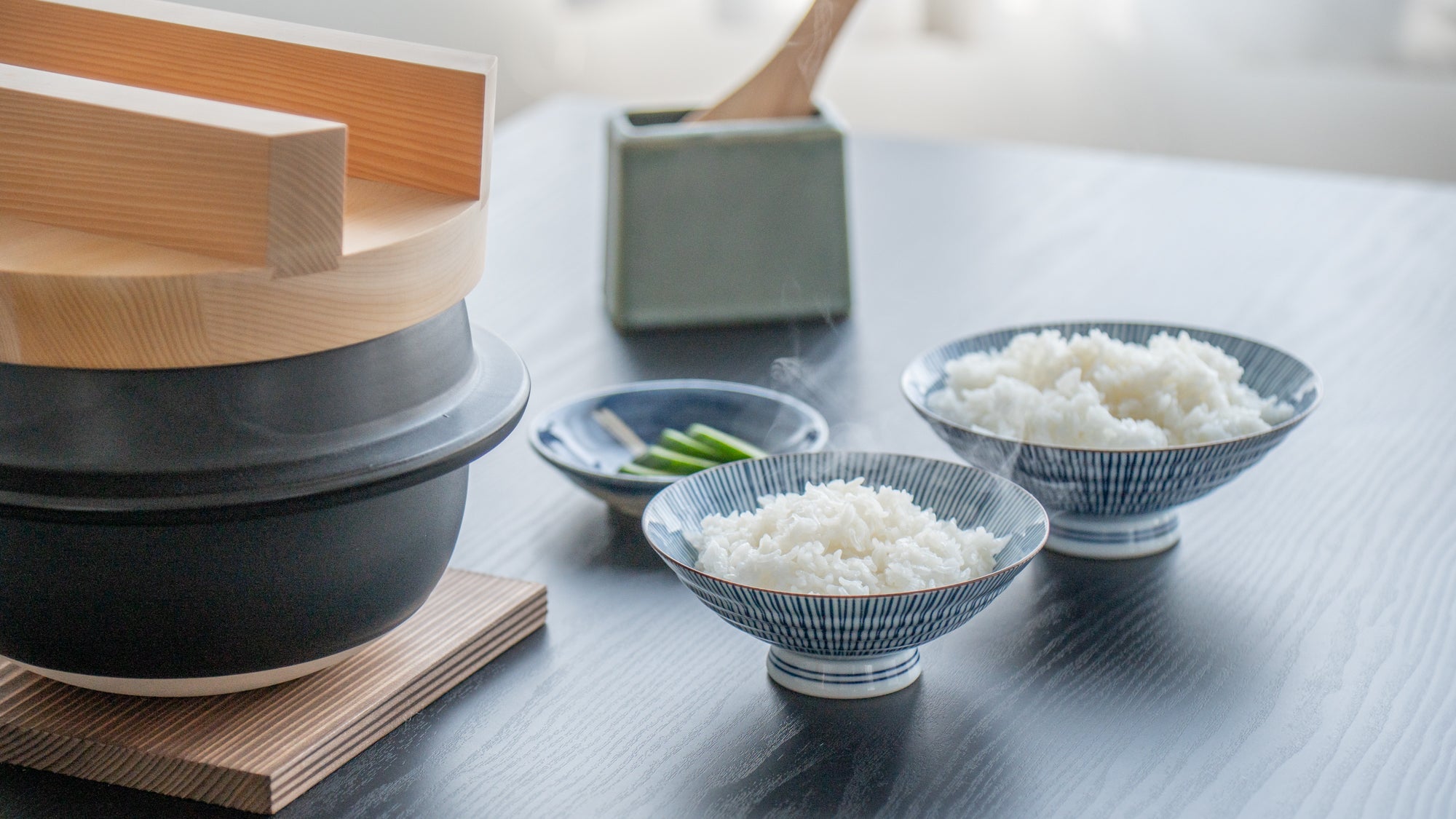

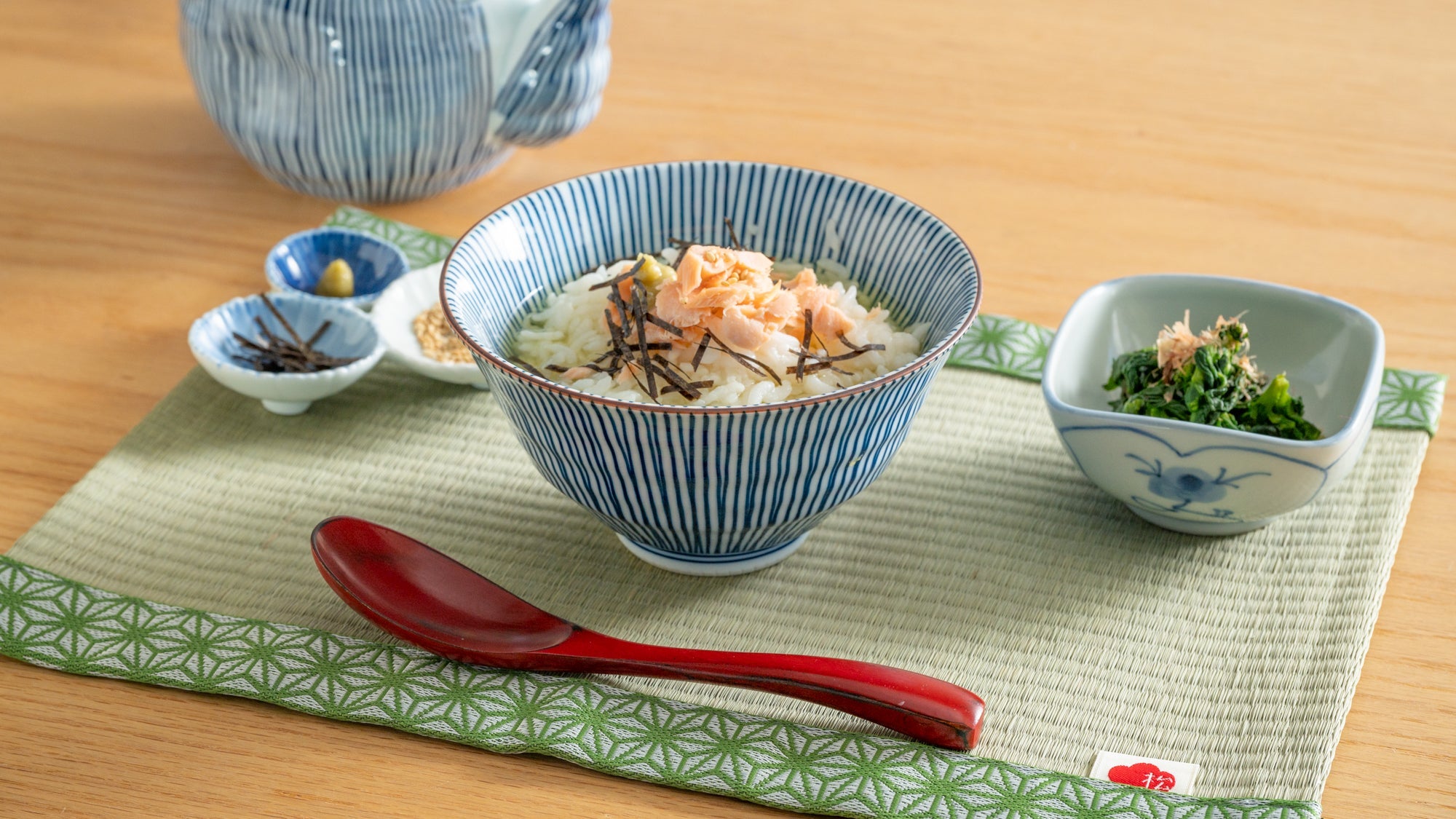
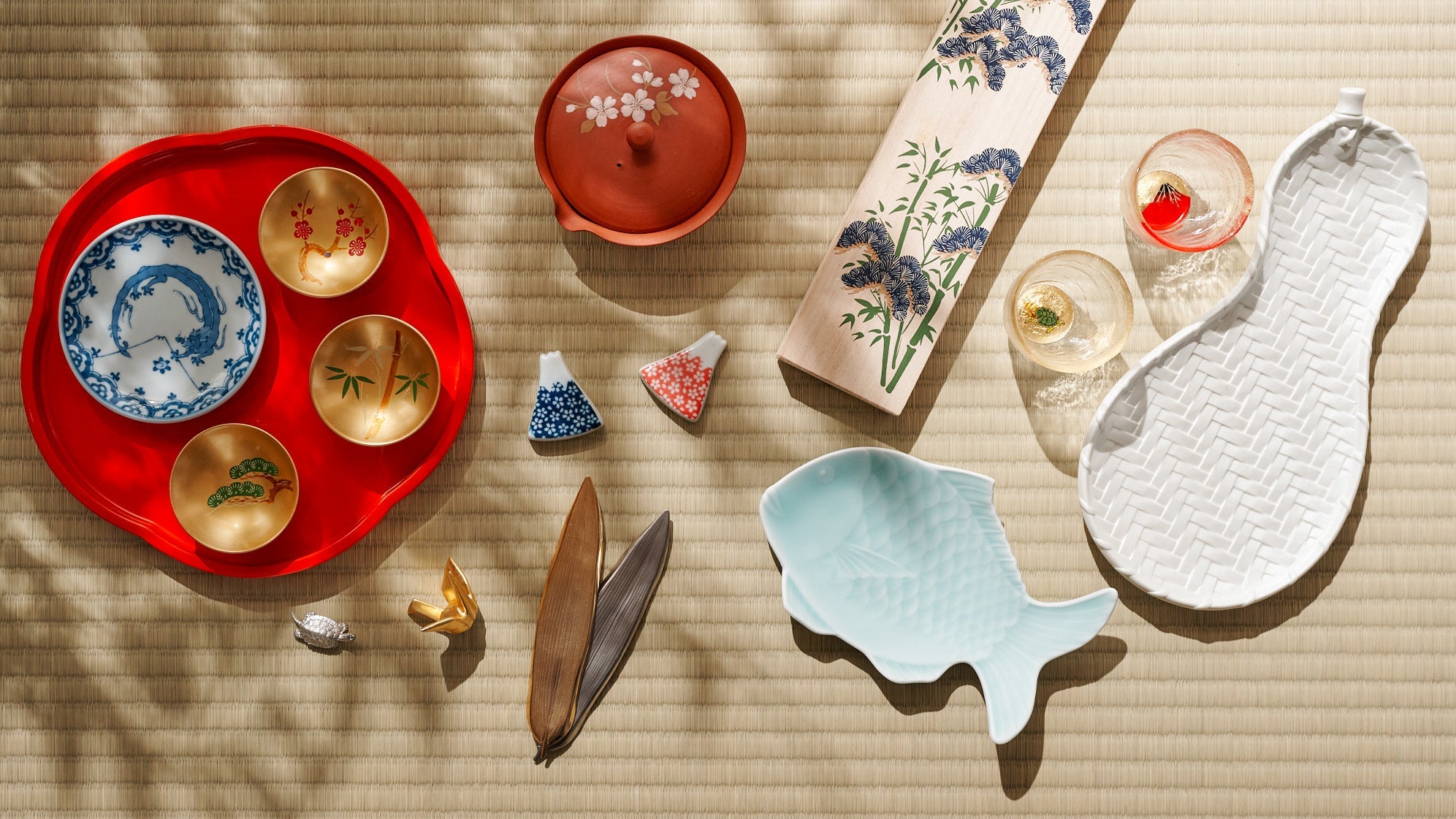
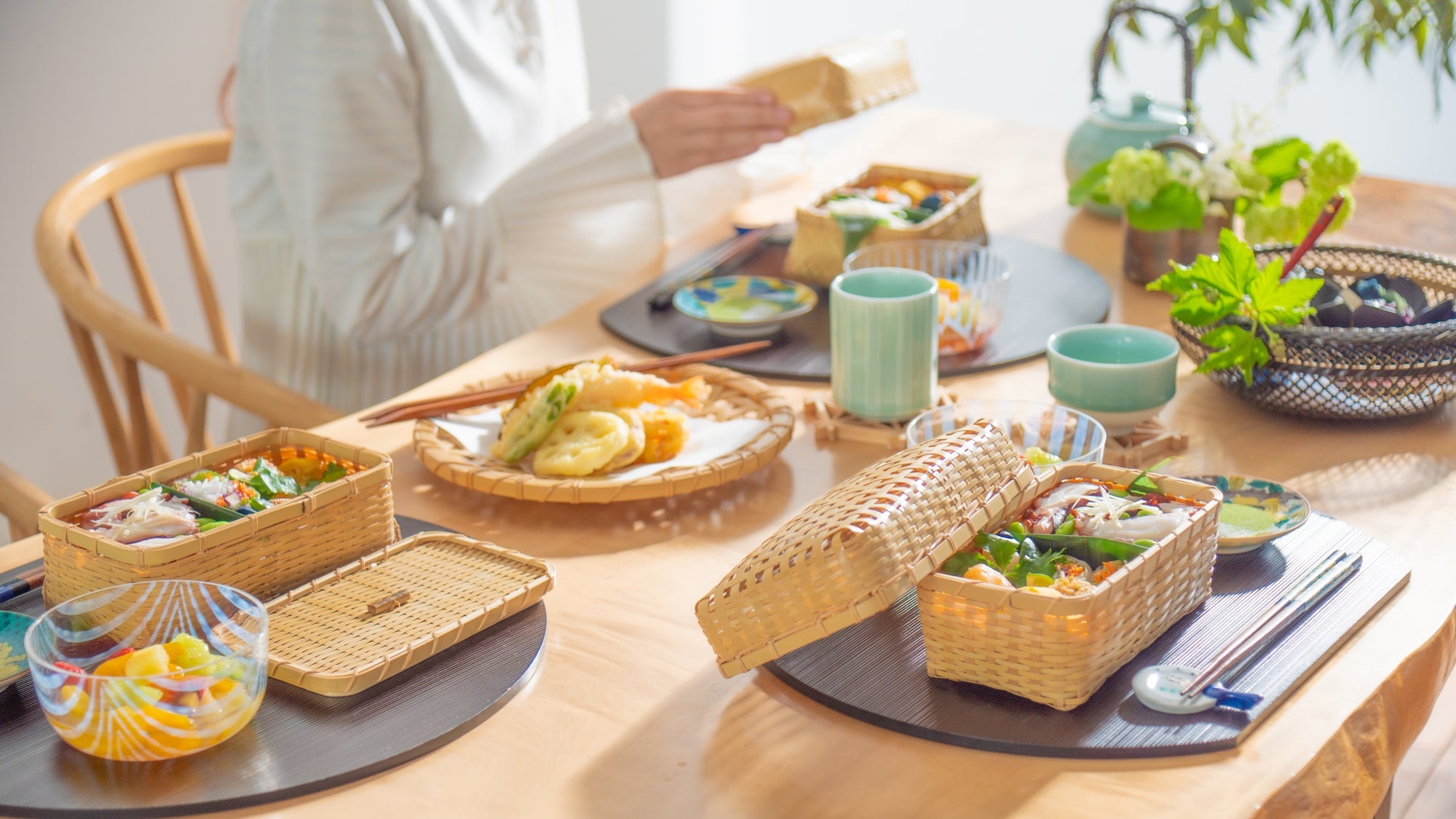
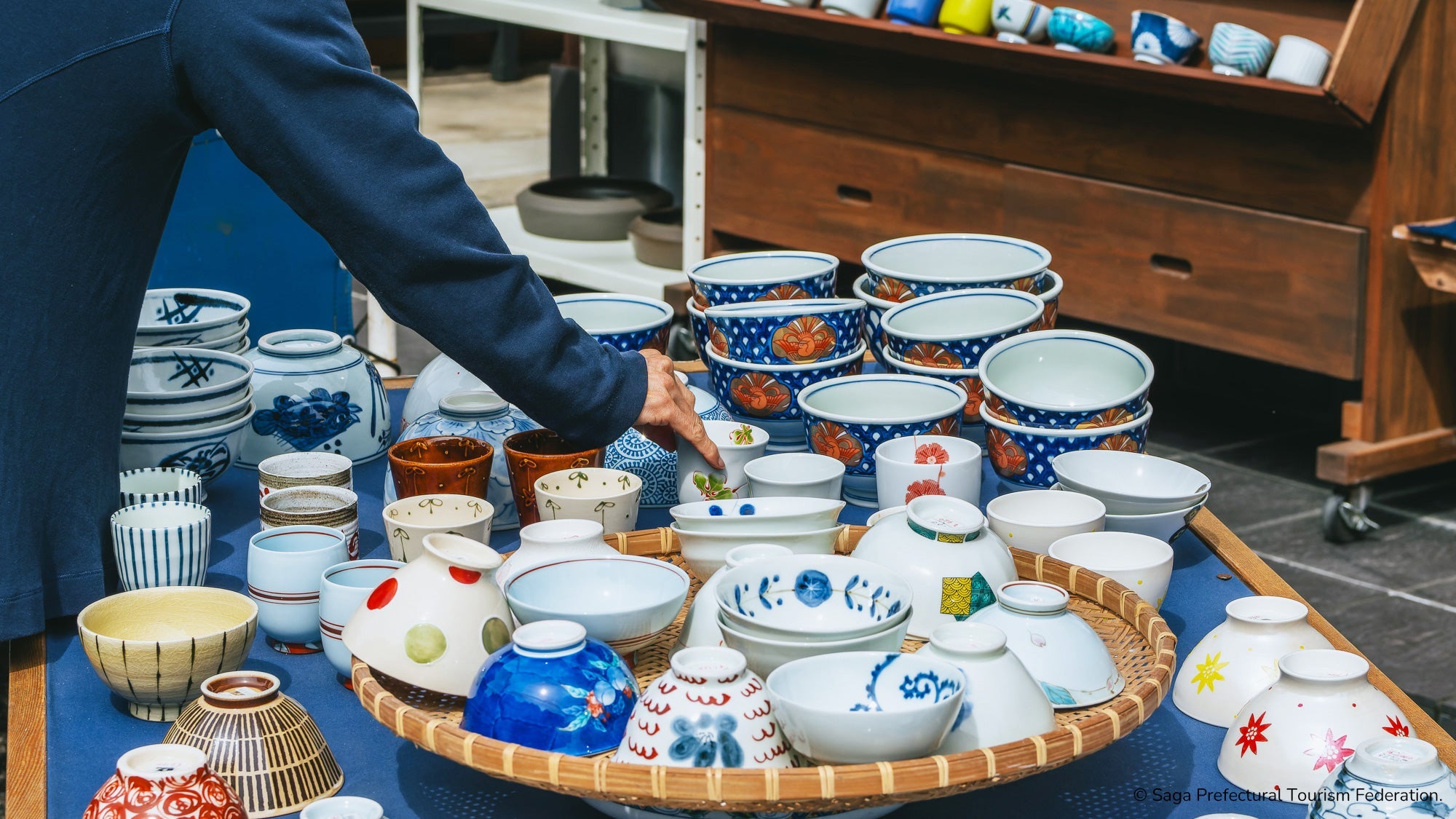

Leave a comment
This site is protected by hCaptcha and the hCaptcha Privacy Policy and Terms of Service apply.